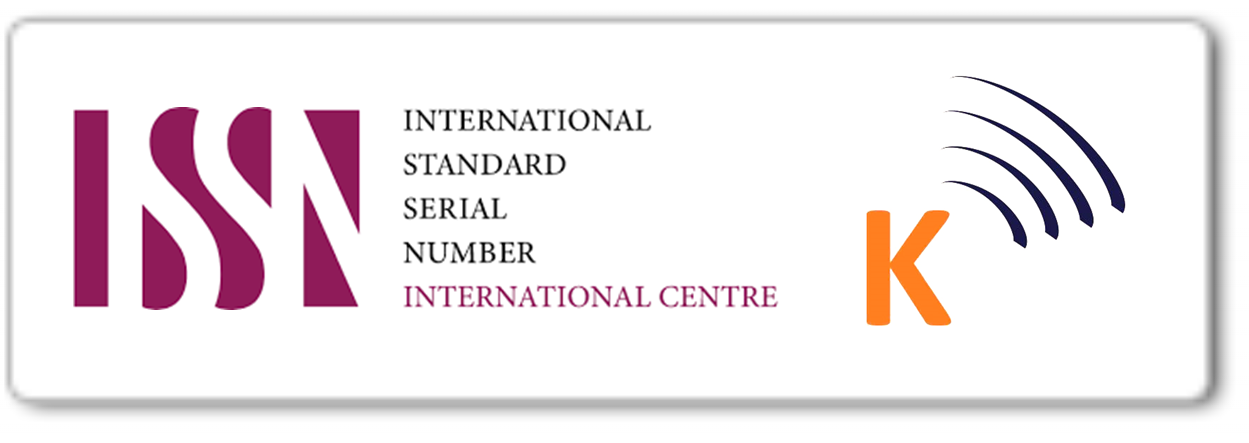Application of Blockchain Technology at Sekolah Islam Terpadu Al-Madinah
Keywords: Al-Madinah intergrated islamic school, sisko, technology blockchain
Abstract
Abstract: The purpose of this study is to discuss Blockchain Technology and the application of Sisko at the Al-Madinah Integrated Islamic School, where the students’ cognitive development varies from 4 years to 17 years old. This article uses the library research method which refers to 19 articles downloaded from Google Scholar and Crossref. Blockchain technology is a system that limits its users according to its boundaries but can still be connected with other users. One of the systems for implementing Blockchain Technology at the Sekolah Islam Terpadu Al-Madinah is Sisko SIT Al-Madinah, which contains a database about education from Kindergarten to High School within the Al-Madinah Integrated Islamic School. The menu in the Sisko system is different for each user, for example students use Sisko for exams and assignments, teachers use Sisko to input grades and savings, principals and vice principals use Sisko to manage curriculum, add and edit student data, map students into classes, and finally the Sisko admin uses it to add and edit report formats, map user accounts and archive school databases. Sisko is highly recommended for schools that want to be more effective and efficient in managing data, finances, learning outcomes and in archiving all of their data because schools must be ready to shift into school digitalization in this era.
Downloads
References
Agustin, H. (2018). Sistem Informasi Manajemen Menurut Prespektif Islam. Jurnal Tabarru’: Islamic Banking and Finance, 1(1), 63–70.
Ahmad, R. F., & Hasti, N. (2018). Sistem Informasi Penjualan Sandal Berbasis Web. Jurnal Teknologi Dan Informasi, 8(1), 67–72.
Aini, Q., Rahardja, U., Santoso, N. P. L., & Oktariyani, A. (2021). Aplikasi Berbasis Blockchain dalam Dunia Pendidikan dengan Metode Systematics Review. CESS (Journal of Computer Engineering, System and Science), 6(1), 58.
Allende, M. (2021). Technical Leader of LACChain and IT Specialist in Blockchain, SSI, and Quantum Technologies at IDB, USA Lacchain Framework For Permissioned Public Blockchain Networks From Blockchain Technology To Blockchain Networks.
Asih, T. (2018). Perkembangan tingkat kognitif peserta didik di kota metro. Didaktika Biologi: Jurnal Penelitian Pendidikan Biologi, 2(1), 9–17.
Bafadhol, I. (2017). Lembaga Pendidikan Islam Di Indoesia. Jurnal Edukasi Islami Jurnal Pendidikan Islam, 06(11), 59–72.
Billi, R. M., & Vredin, A. (2014). Monetary policy and financial stability – a simple story. Sveriges Riksbank Economic Review, 2, 7–22.
Elihami, E. (2022). Supporting about ‘education’ in elementary School: A review of literature. Mahaguru: Jurnal Pendidikan Guru Sekolah Dasar , 3(1), 42–48.
Guustaaf, E., Rahardja, U., Aini, Q., Santoso, N. A., & Santoso, N. P. L. (2021). Desain Kerangka Blockchain terhadap pendidikan: A Survey. CESS (Journal of Computer Engineering, System and Science), 6(2), 236.
Indonesia, P. R. (2003). Undang-undang Republik Indonesia nomor 20 tahun 2003 tentang sistem pendidikan nasional.Khadijah. (2016). Pengembangan Kognitif Anak Usia Dini.
Kosasi, S. (2020). Karakteristik Blockchain Teknologi Dalam Pengembangan Edukasi. ADI Bisnis Digital Interdisiplin Jurnal, 1(1), 87–94.
Liang, W., Zhang, D., Lei, X., Tang, M., Li, K. C., & Zomaya, A. Y. (2021). Circuit Copyright Blockchain: Blockchain-Based Homomorphic Encryption for IP Circuit Protection. IEEE Transactions on Emerging Topics in Computing, 9(3), 1410–1420.
Mawaddah, S., & Maryanti, R. (2016). Kemampuan Pemahaman Konsep Matematis Siswa SMP dalam Pembelajaran Menggunakan Model Penemuan Terbimbing (Discovery Learning). EDU-MAT: Jurnal Pendidikan Matematika, 4(1), 76–85.
Merkx, M. (2019). VAT and blockchain: Challenges and opportunities ahead. EC Tax Review, 28(2), 83–89.
Mu’min, S. A. (2013). Teori Pengembangan Kognitif Jian Piaget. Jurnal AL-Ta’dib, 6(1), 89–99.
Nofer, M., Gomber, P., Hinz, O., & Schiereck, D. (2017). Blockchain. Business and Information Systems Engineering, 59(3), 183–187.
Noor, M. U. (2020). Implementasi Blockchain di Dunia Kearsipan: Peluang, Tantangan, Solusi atau Masalah Baru? Khizanah Al-Hikmah : Jurnal Ilmu Perpustakaan, Informasi, Dan Kearsipan, 8(1), 81.
Nugraha, A. C. (2022). Penerapan Teknologi Blockchain dalam Lingkungan Pendidikan. Produktif : Jurnal Ilmiah Pendidikan Teknologi Informasi, 4(1), 302–307.
Rahardja, U. (2023). Penerapan Teknologi Blockchain Dalam Pendidikan Kooperatif Berbasis. 7(3), 354–363.
Ruoti, S., Kaiser, B., Yerukhimovich, A., Clark, J., & Cunningham, R. (2020). Blockchain technology: What is it good for? Communications of the ACM, 63(1), 46–53.
Sari, M., & Asmendri. (2018). Penelitian Kepustakaan (Library Research) dalam Penelitian Pendidikan IPA. Penelitian Kepustakaan (Library Research) Dalam Penelitian Pendidikan IPA, 2(1), 15.
Seebacher, S., & Schüritz, R. (2017). Blockchain technology as an enabler of service systems: A structured literature review. Lecture Notes in Business Information Processing, 279(April), 12–23.
Syafitri, E. R., & Nuryono, W. (2020). Studi Kepustakaan Teori Konseling “Dialectical Behavior Therapy.” Jurnal BK Unesa, 53–59.
Zhang, R., Xue, R., & Liu, L. (2019). Security and privacy on blockchain. ACM Computing Surveys, 52(3).
Copyright (c) 2023 MOHAMMAD KAHFI ABDUL AZIS Kahfi, Dewi, Yuyun Elizabeth Patras

This work is licensed under a Creative Commons Attribution-NonCommercial-ShareAlike 4.0 International License.







